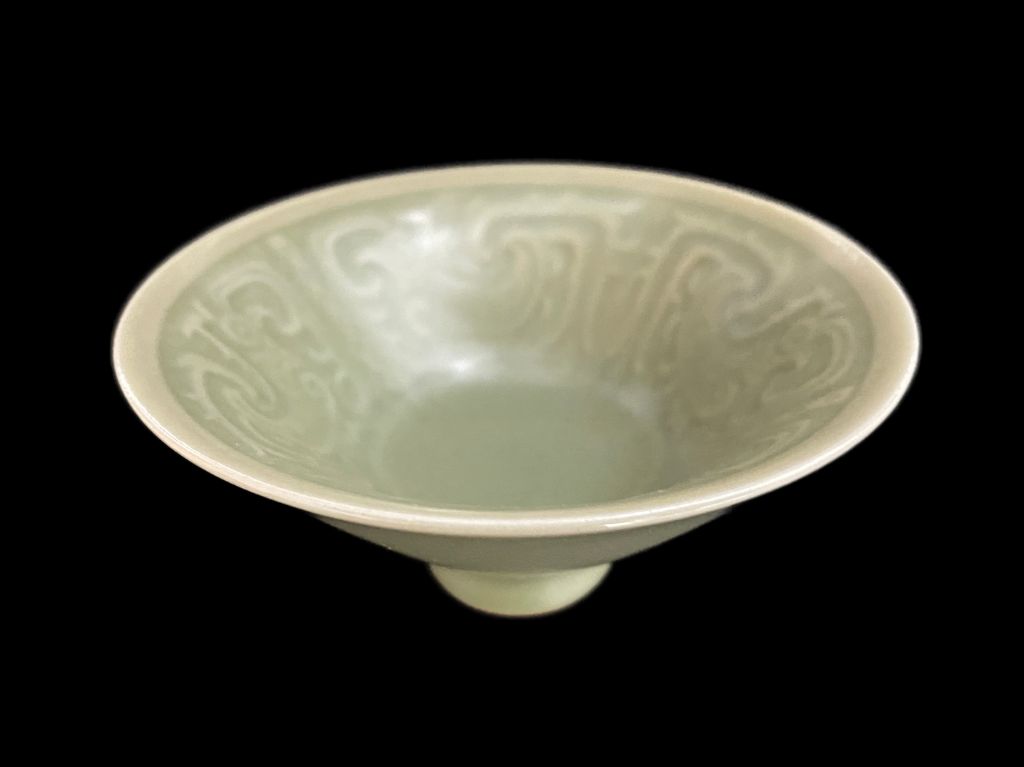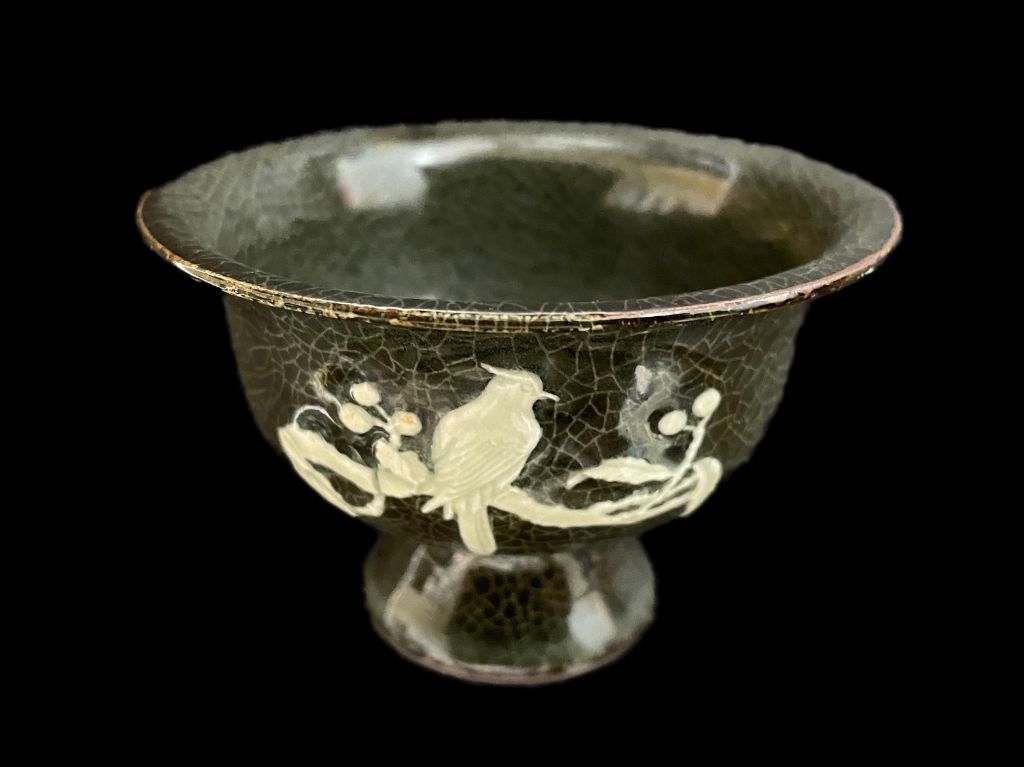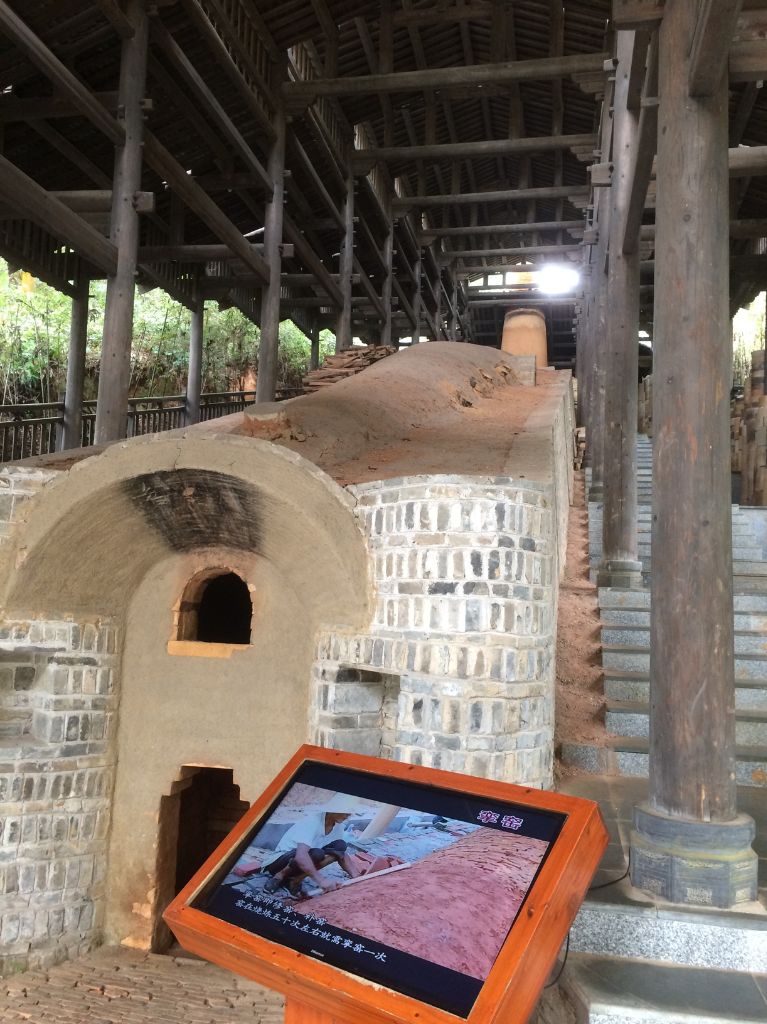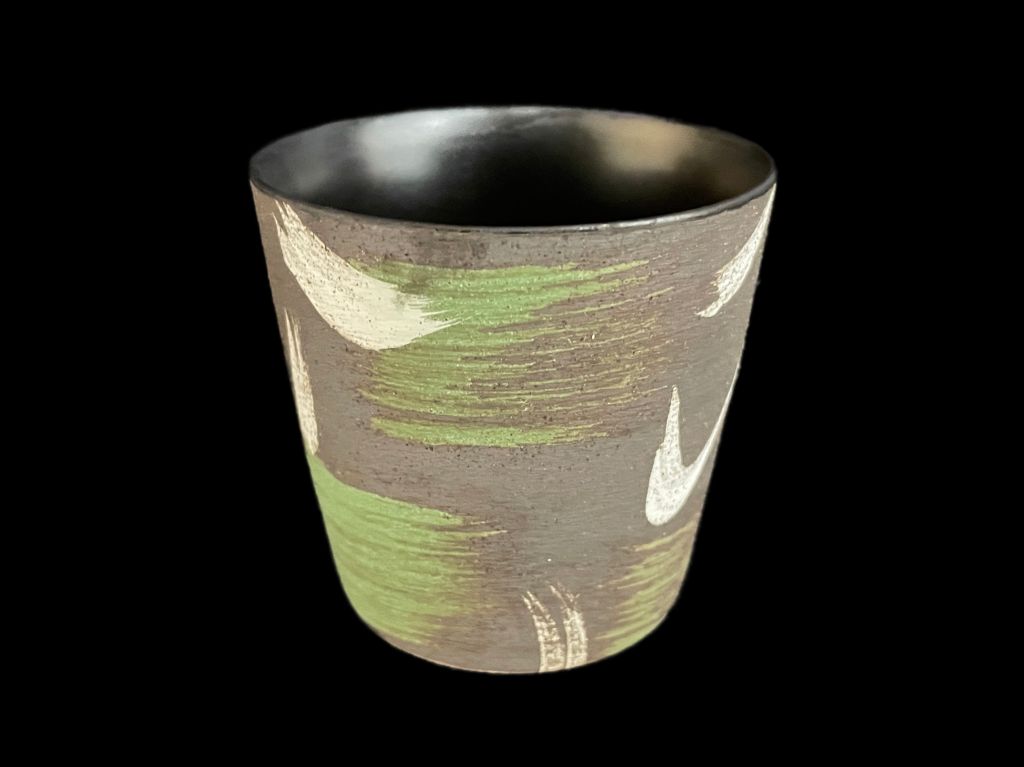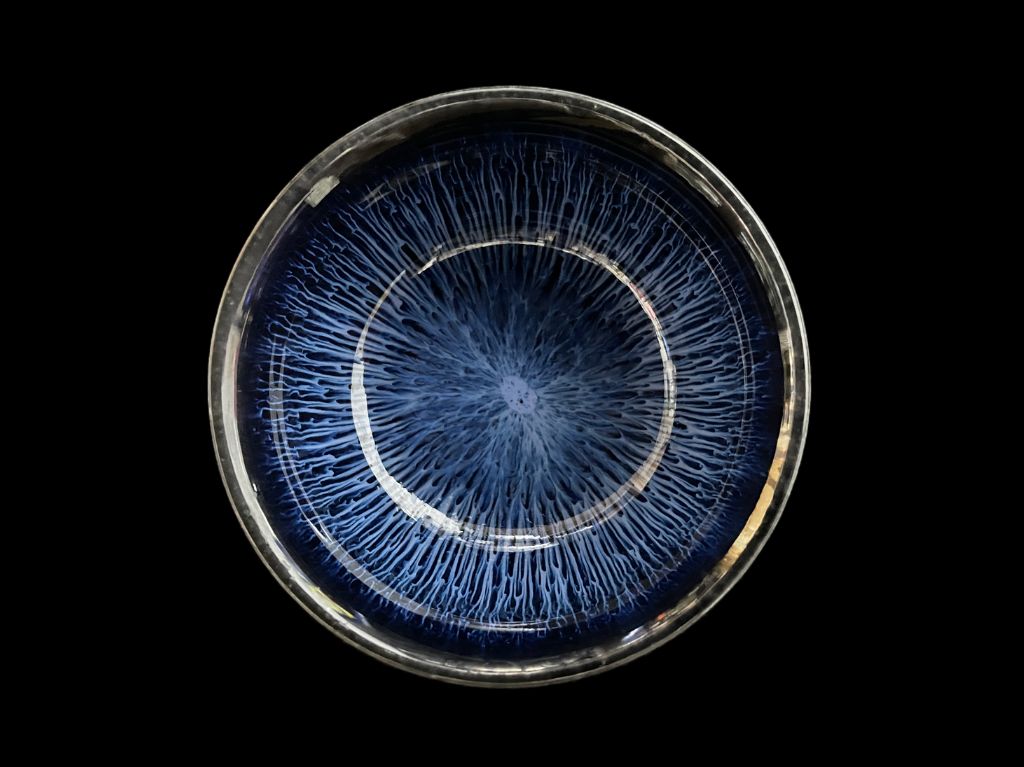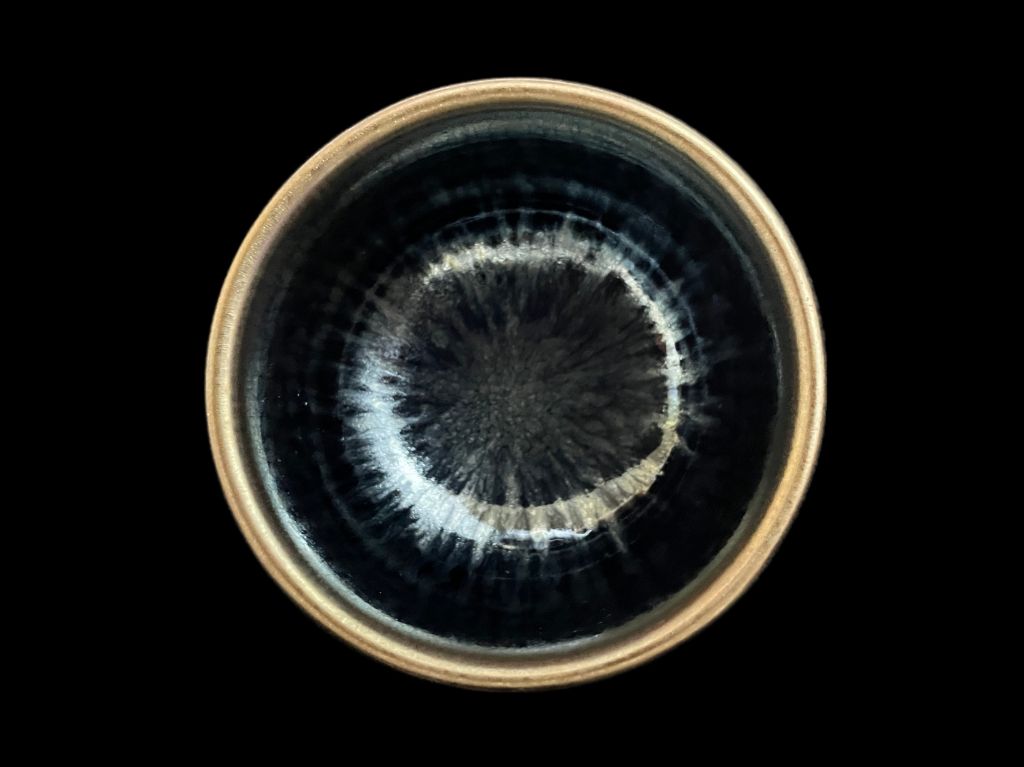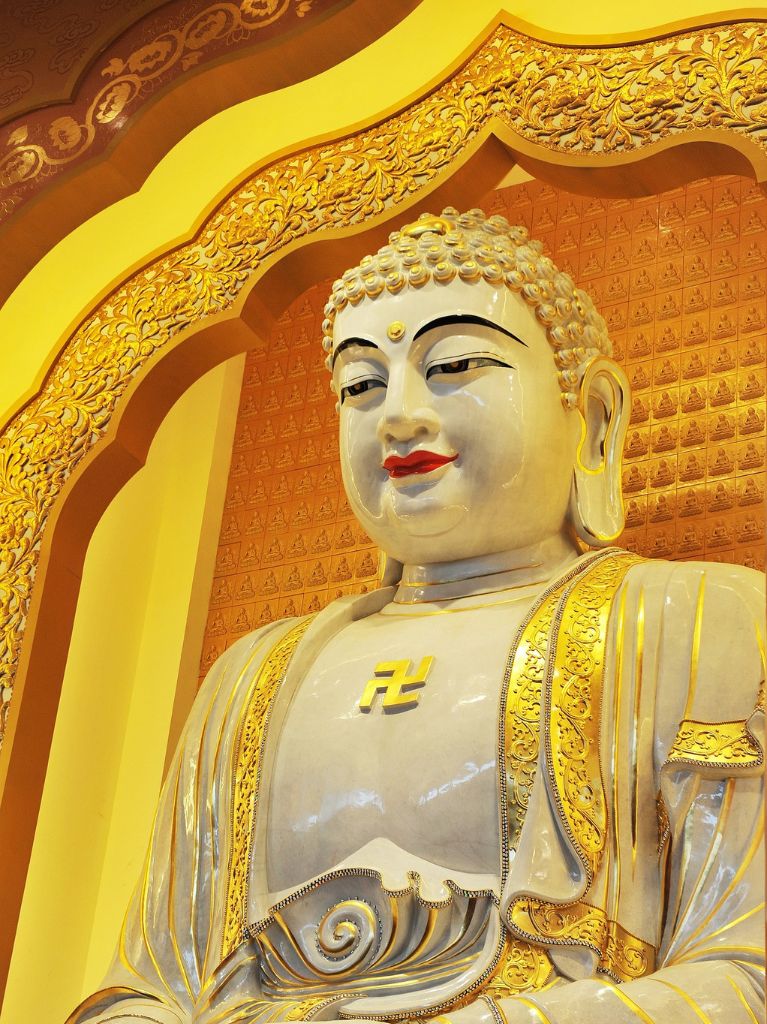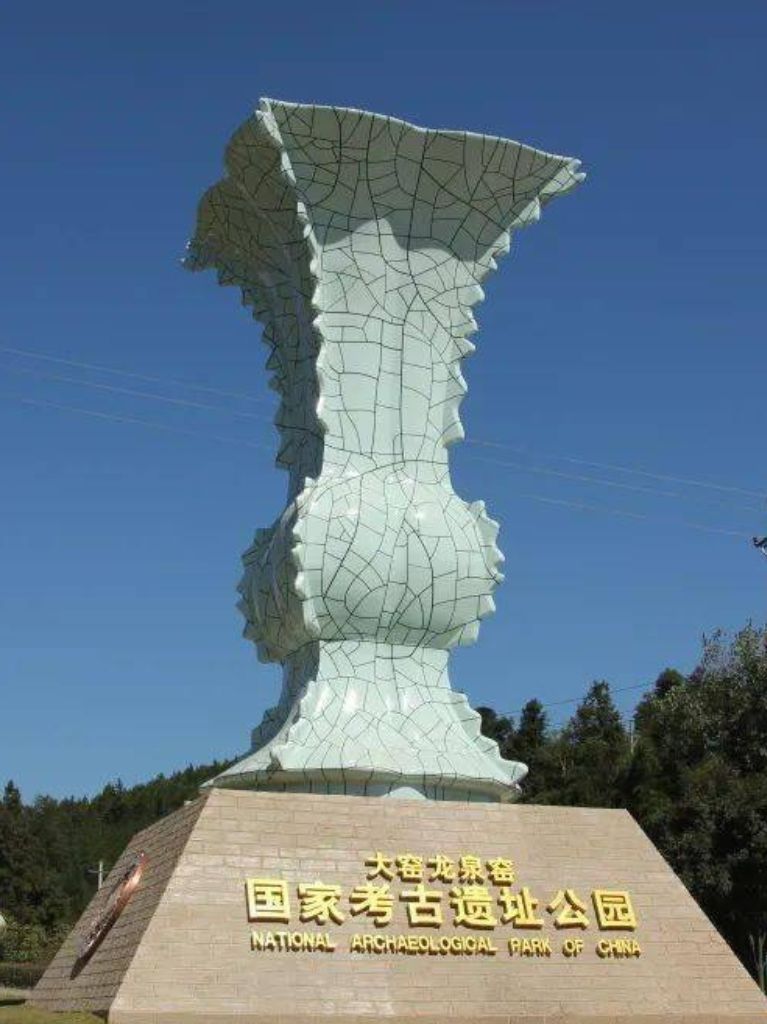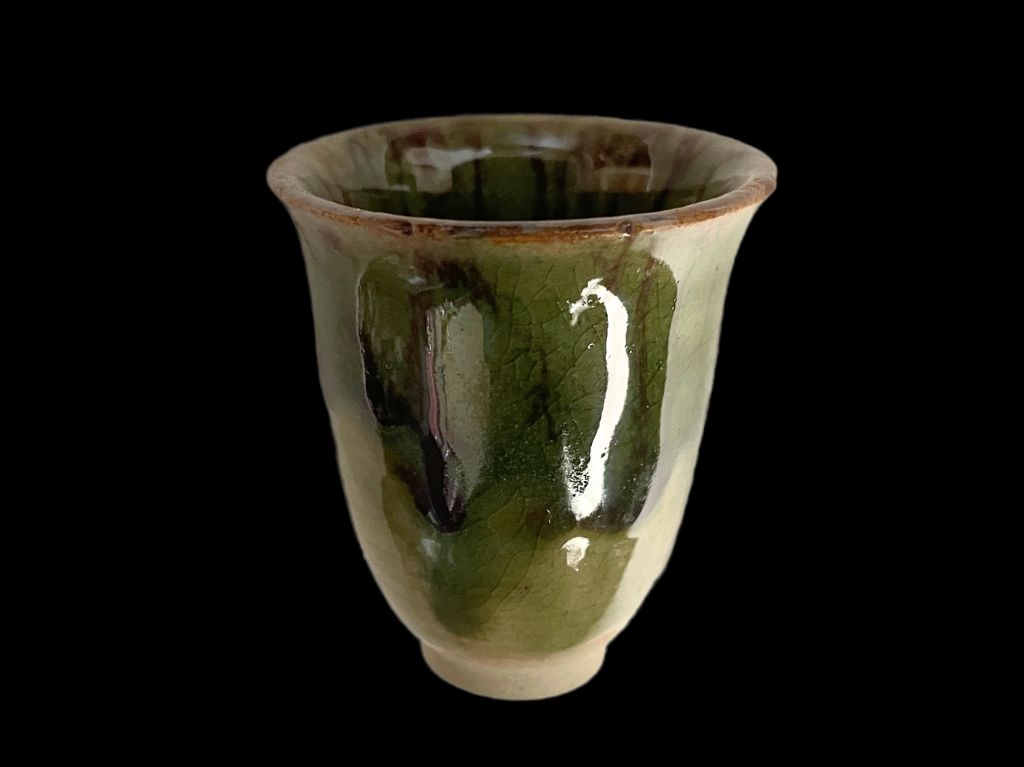Overseas (China)
JINDEZHEN
jǐng dé zhèn yáo
Jingdezhen Kiln are kilns built in and around Jingdezhen, Jiangxi Province, China. They are the largest ancient kilns in China. They have begun in the Sui and early Tang dynasties.
Traditional pottery made at Jingdezhen kilns is porcelain such as celadon and white porcelain made from white clay extracted from Mt. Gaoling near Jingdezhen. Modern pottery includes porcelain painted with gosu, known as blue and white, and porcelain painted with various patterns using five colors (red, indigo, yellow, purple, gold, etc.).
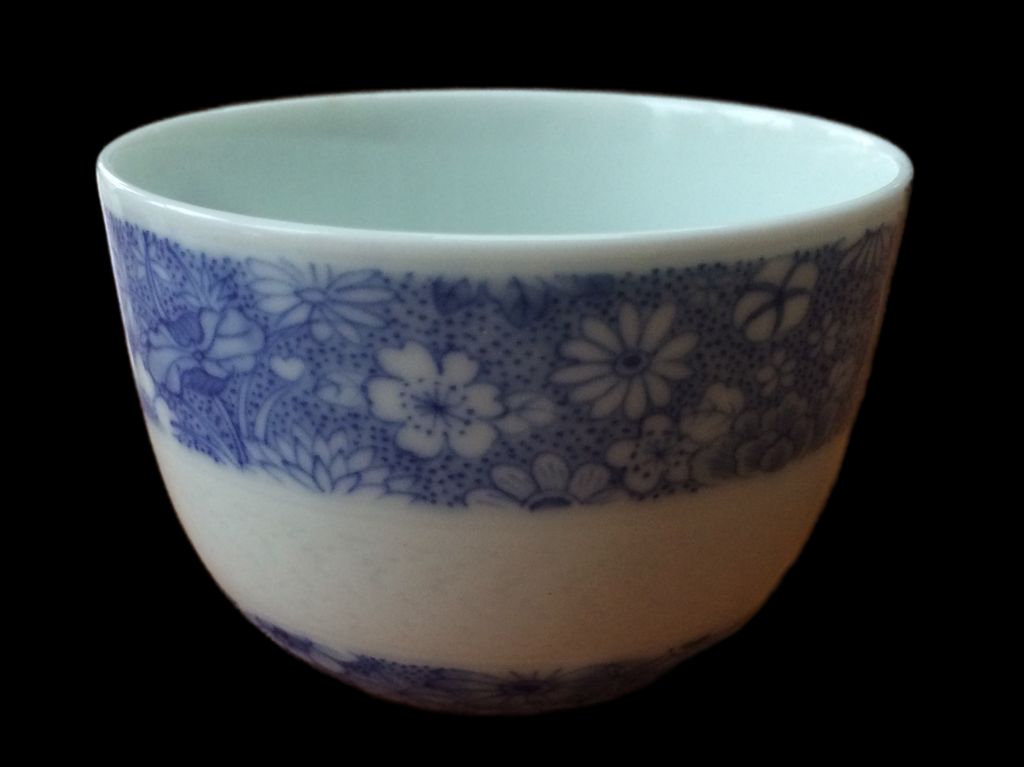
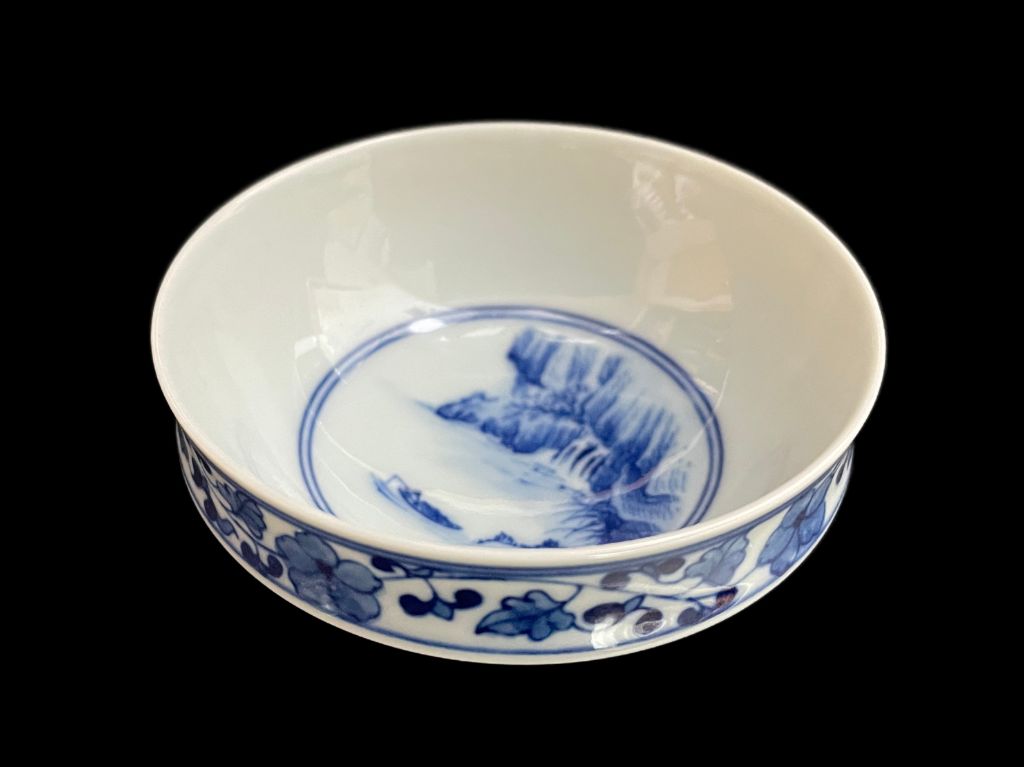
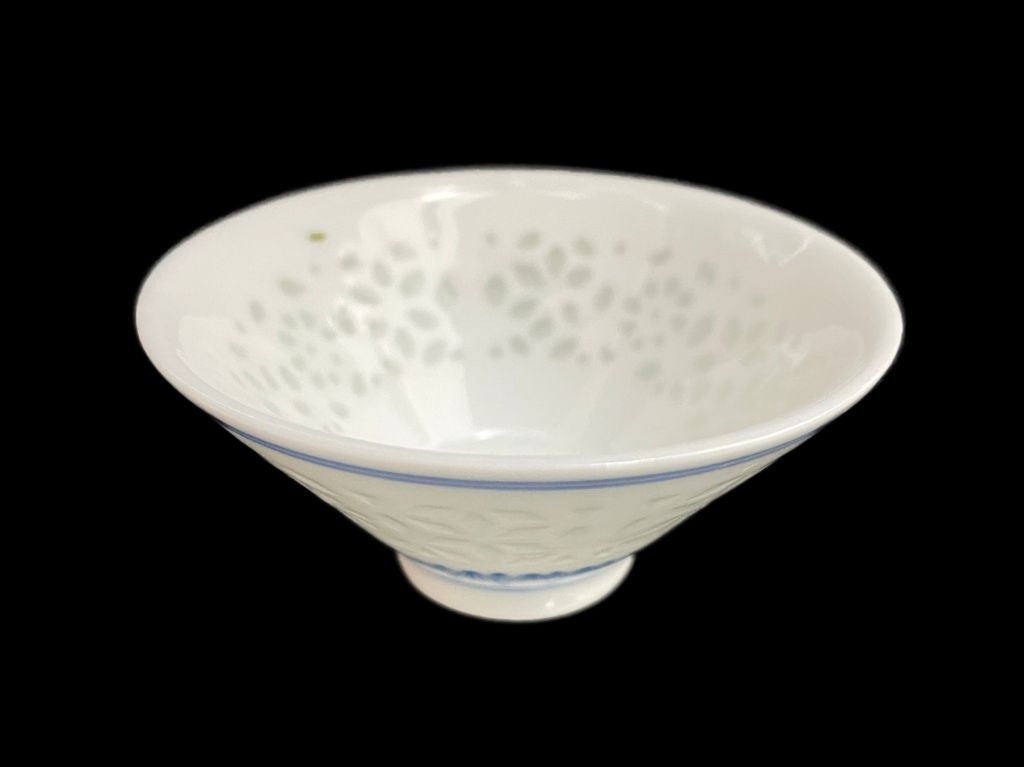
YIXING
yí xīng yáo
Yixing Kiln is a kiln built in and around Yixing City, Jiangsu Province, China, and is one of the eight ancient kilns in China. Yixing, it is one of the most famous kilns in China.
The traditional pottery made at Yixing Kiln is porcelain called celadon, and many are still made today. On the other hand, the most famous pottery at Yixing Kiln is unglazed ceramics called “Zisha”, and the red clay teapot in particular has had a major influence on the history of Japanese pottery.
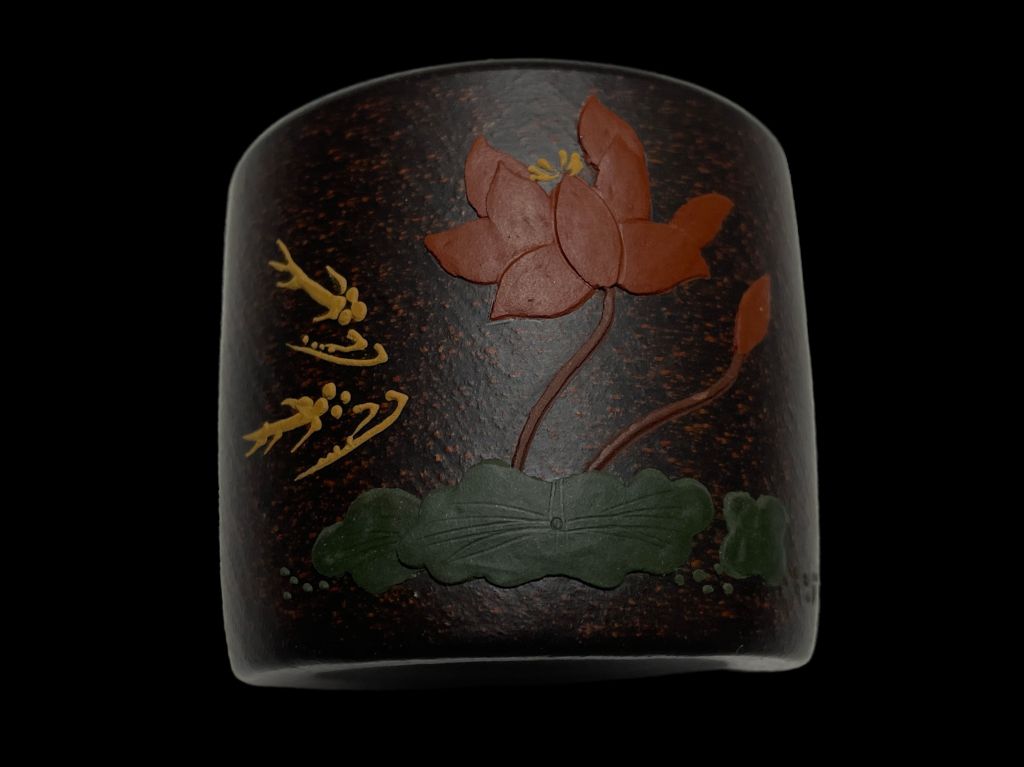
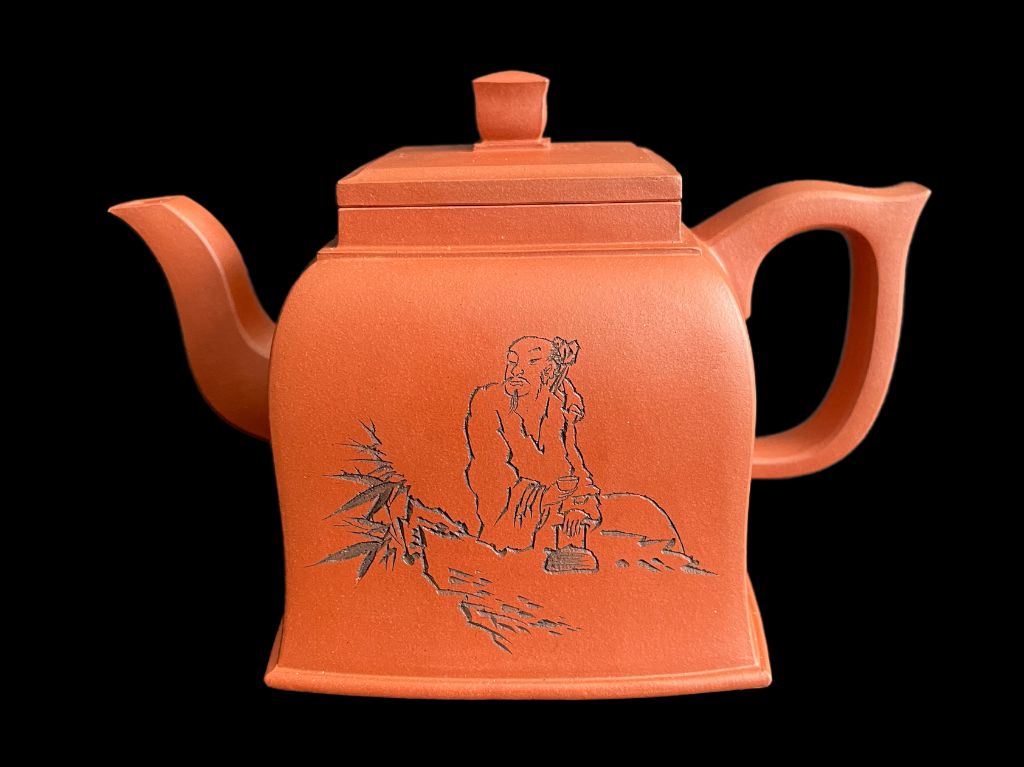

LONGQUAN
lóng quán yáo
Longquan Kiln is a kiln built in Longquan City, Lishui City, Zhejiang Province, China. It has a long history, having been built in the early Northern Song Dynasty, and reached its peak as the largest kiln in southern China from the Southern Song to the Yuan Dynasty.
The pottery traditionally produced at Longquan Kiln is porcelain (Longquan celadon) made by mixing multiple glazes and firing them a pale green color. Since then, there have been porcelains that use glazes that are fired not only in pale green but also in yellow-green.
